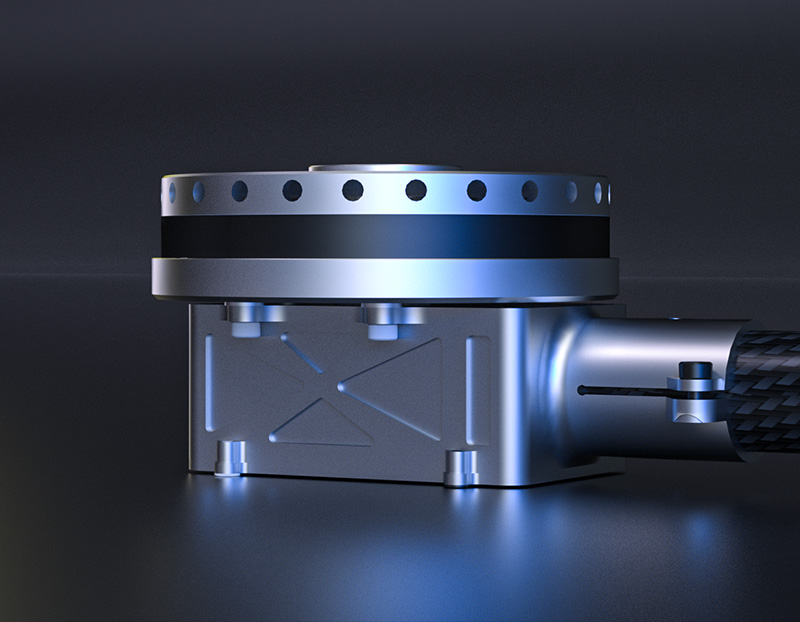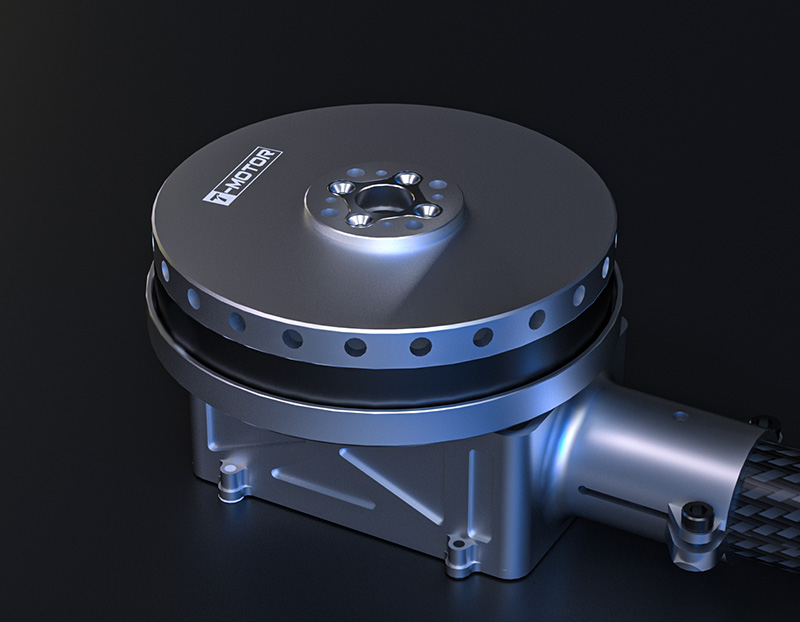Industry Dynamic
Integrated UAV Propulsion System (Electromagnetic Compatibility Version)
Electromagnetic environment challenges for UAVs - An invisible "killer
We always ignore the drone crushcaused by electromagnetic interference.
The drone self check is ok and the the airborne equipment is ok. However, the signal is loss suddenlyand the
drone is out of control when taking-off and cruising . It happens occasionally when the drone is performing
flight operations. The first reaction for most of us is that there is something wrong with the hardware, but they don’t
know an invisible killer - environment-electromagnetic interference in some flying environment.
Electromagnetic interference sources generally exist in the natural environment, high-voltage transmission
lines, industrial radio frequency equipment, communication base stations and radars, etc. The existence
may cause serious interference risks to the normal operation of the UAV system and these application environments
are very universal.
What is EMC (Electromagnetic Compatibility) ?
Electromagnetic compatibilityrefers to the ability of a device or system to operate in compliance with the requirements in its electromagnetic environment without causing unbearable electromagnetic interference to any equipment in its environment. It includes EMI and EMS.
EMI is the electromagnetic interference of electronic and electrical products to the surrounding external
environment. EMI includes space radiation wireless interference and conducted wired interference; EMS is the sensitivity of electronic and electrical products to electromagnetic interference when they work in a certain electromagnetic environment.
In short, EMI is to make the electromagnetic interference of the product to the outside world less than a certain
range when it is working, and EMS is to make the product can tolerate a certain limit of interference from the
outside world when it is working.
Application Scenario and Standard Requirements
With the progress and development of drones, as a production tool,the commercial market has penetrated more
and more industries and application scenarios such as surveying, mapping exploration, agricultural plant protection and cargo transportation have gradually matured, but its complex electromagnetic operating
environment also requires us to pay attention.
In terms of special applications, military vehicle-mounted drones have also become a highlight of their applications. Facing the complex man-made electromagnetic environment on the battlefield, drones should not stop due to the interference of the electromagnetic environment they are in and even not be exposed because of their own electromagnetic radiation. The safe execution of tasks is particularly critical, which requires our drones to have
relatively strict electromagnetic compatibility requirements.
Refer to GJB151B-2013 (partial indicators) as follows:
EMI:
RE102 --- 10KHz ~ 18GHz electric field radiation emission
CE102 --- 10KHz ~10MHz power line conducted emission
EMS:
RS101 --- 25KHz ~ 100KHz magnetic field radiation sensitivity
RS103 --- 10KHz ~ 40GHz electric field radiation sensitivity
CS101 --- 25Hz ~ 150KHz power line conduction sensitivity
In combination with the actual needs of users, our company has successfully developed a set of solution with the
motor, ESC to the overall integrated structure and has practical applications. This solution can meet the needs of drones used in special electromagnetic scenarios.



For more information about this case or users who have related UAV power system needs, please contact us for consultation.



